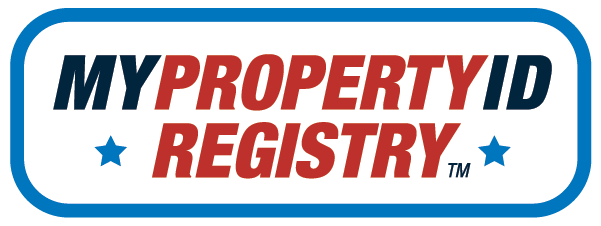Guest blog by Thomas Raulen, law enforcement professional.*
Many colleges and universities are wrestling with the level at which their campuses will be occupied by students this fall. Some schools are choosing a fully online approach to higher learning, at least for the upcoming semester. Others will be limiting the physical presence of students and using a hybrid of online and in-person educational efforts. Some schools will return to a fully on-campus semester, albeit with some social distancing precautions in place.
Whether returning to a campus full-time or taking another approach, it is likely college life will eventually return to a version similar to its traditional appearance. One day, perhaps soon, campuses will be bustling—parking lots will be packed, dorms and apartment complexes will be full and college will be deemed to be in-session. For many students, this experience will be their first venture from the safety of the family home.
Campus security departments and police agencies largely do an excellent job of protecting those under their care. Freshman orientation usually involves a presentation, pamphlet or email from campus security about essential safety tips. Unfortunately, there is often so much information given to arriving students, safety pamphlets are not always on the top of their reading list.
You Have Prepared Your Student for This Moment. Well Done!
Most parents have prepared their departing children for potential hazards that may befall them. From the time they were young, warnings about talking to strangers, traveling in groups, and letting someone know their whereabouts were standard in most student’s upbringing. Parents will undoubtedly reiterate these safety tips, repeatedly, as their students head to campus. And they should. With repetition comes absorption. When they think their departing teen has heard the safety lecture enough, one more time can’t hurt.
What is often left out of these safety conversations, or at least mentioned in a passing, in a “by the way” manner, is the safety of their children’s belongings. Checking to make sure doors and windows are locked when one is home is an important safety tip. Taking these precautions is often not stressed enough when one is leaving their dorm or apartment. The same applies to vehicles. Buckle-up and lock the doors are vital steps as one gets on the road. But stealing items from unlocked cars, a form of burglary, is often cited by law enforcement professionals as the most common felony.
For the 21st-century student, their smartphone, tablet, and laptop are not just conveniences, they are crucial to educational success. Having these items stolen can be financially, emotionally and academically devastating. The combination of excitement and nervousness associated with the new campus lifestyle can easily cause students to let their guard down. Doors can be left unlocked, backpacks or purses left unattended, or items placed on a table or desk in the library while a back is momentarily turned. Other times, one’s guard is let down after a few months on campus, when the excitement is quelled or the nerves are calmed.
One More Step: A License Plate for Their Property
Whether your student will be bringing a car to campus or not, the benefits of the license plate in recovering a stolen vehicle is universal. When a car is stolen, a police officer or 911 dispatcher will ask the victim a series of preliminary questions to try to expedite its recovery. After the caller’s name, the location of the theft, and a description of the car, the license plate number is sure to be one of the top questions asked. Once the license plate number is obtained, the police can enter the stolen vehicle in a national computer and alert all on-duty personnel, surrounding agencies, and any official who may come in contact with the victim’s car.
Imagine having that sort of response and recovery power for your student’s smartphone, tablet, laptop, and other property. My Property ID Registry affords license-plate-style protection for nearly any item. Through the use of a tamper-resistant tag, property can be marked and associated with an individual—you or your student, for example—in the same manner in which the license plate on your car is registered.
In the event an item is stolen, the My Property ID Registry database contains the information needed to quickly provide law enforcement with necessary details such as the make, model, and serial number to be entered in a national computer as stolen property. This makes it almost impossible for a thief to sell or pawn the stolen item. An added feature of the My Property ID Registry system is the deterrence factor. Through the use of signs and window decals, your student can alert would-be thieves that their property is registered and traceable, so stealing it could land them in jail.
As you prepare to send your child off to school, repeat the safety tips you have given them their whole life. Their eyes may roll, but they know you only want to keep them safe. As part of the departure preparations, be sure to equip them with the benefits of My Property ID Registry to protect their property and your peace of mind.
*Thomas Raulen is a freelance writer specializing in public safety, government affairs, and community engagement. He is also a 27-year law enforcement practitioner, an adjunct professor of criminal justice, and a police academy instructor. Thomas is a twice graduate of the University of Central Florida.
https://thomasraulenwrites.com



